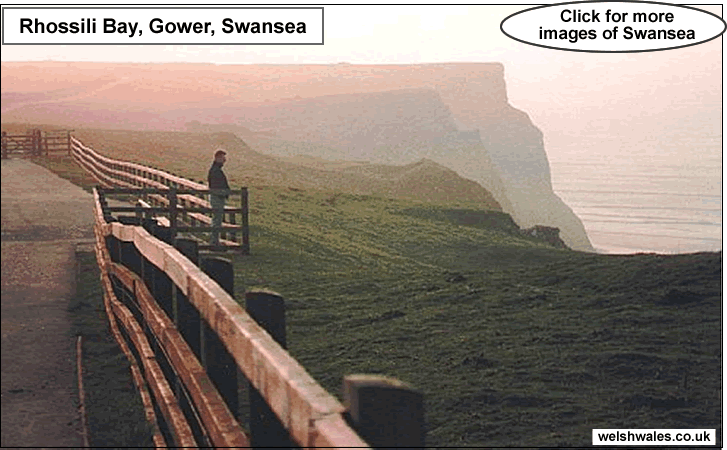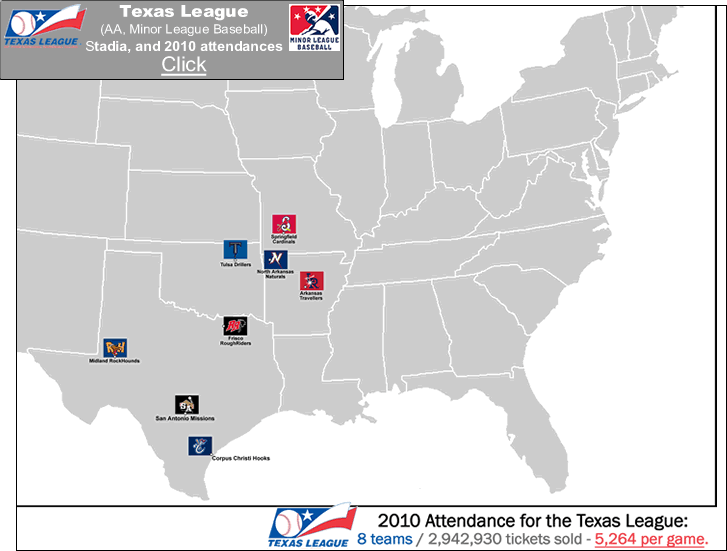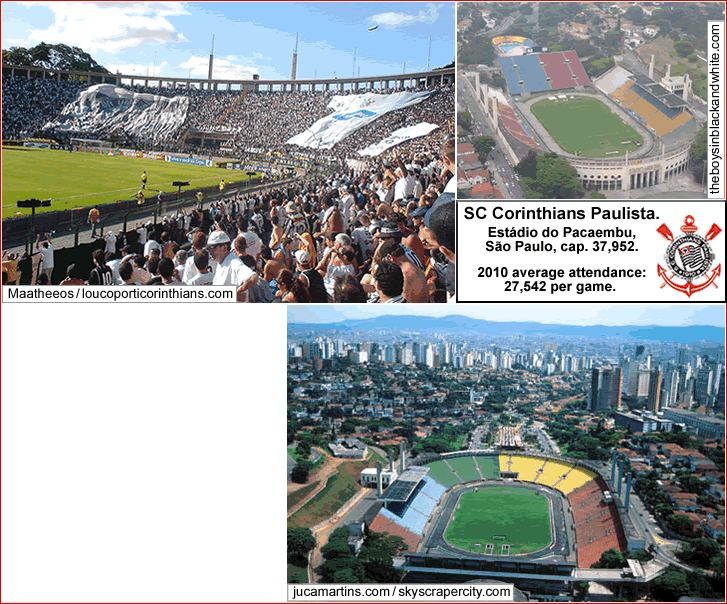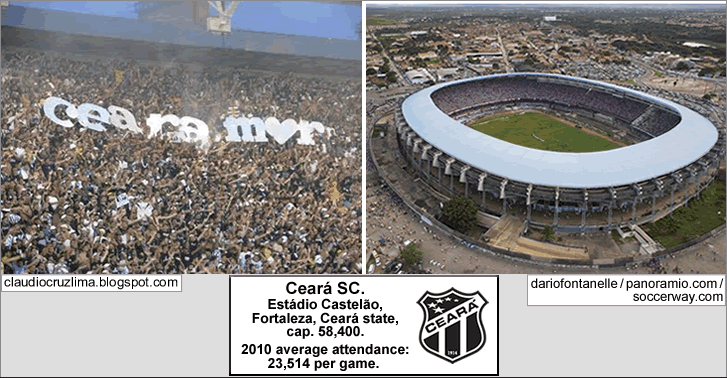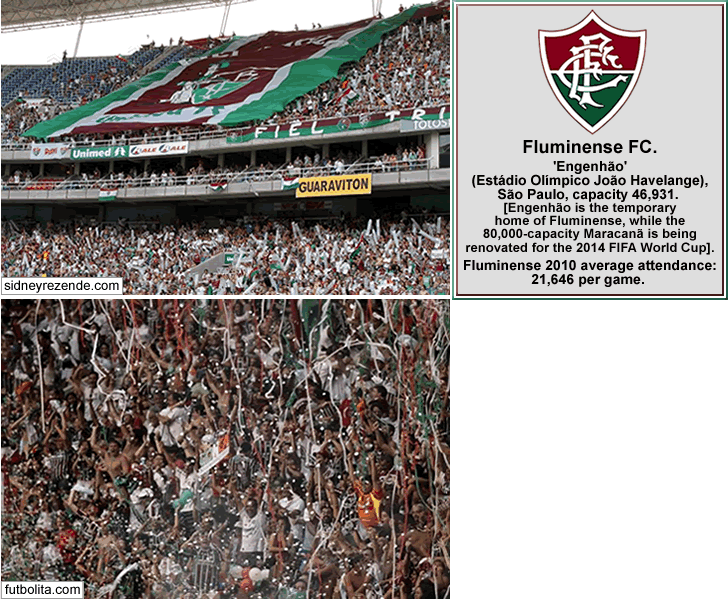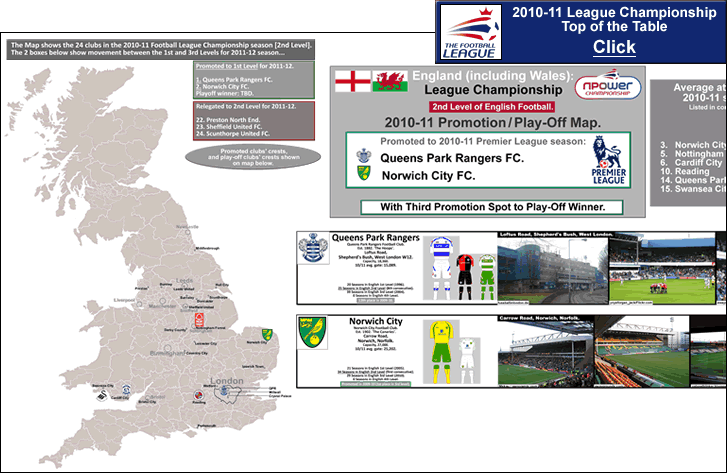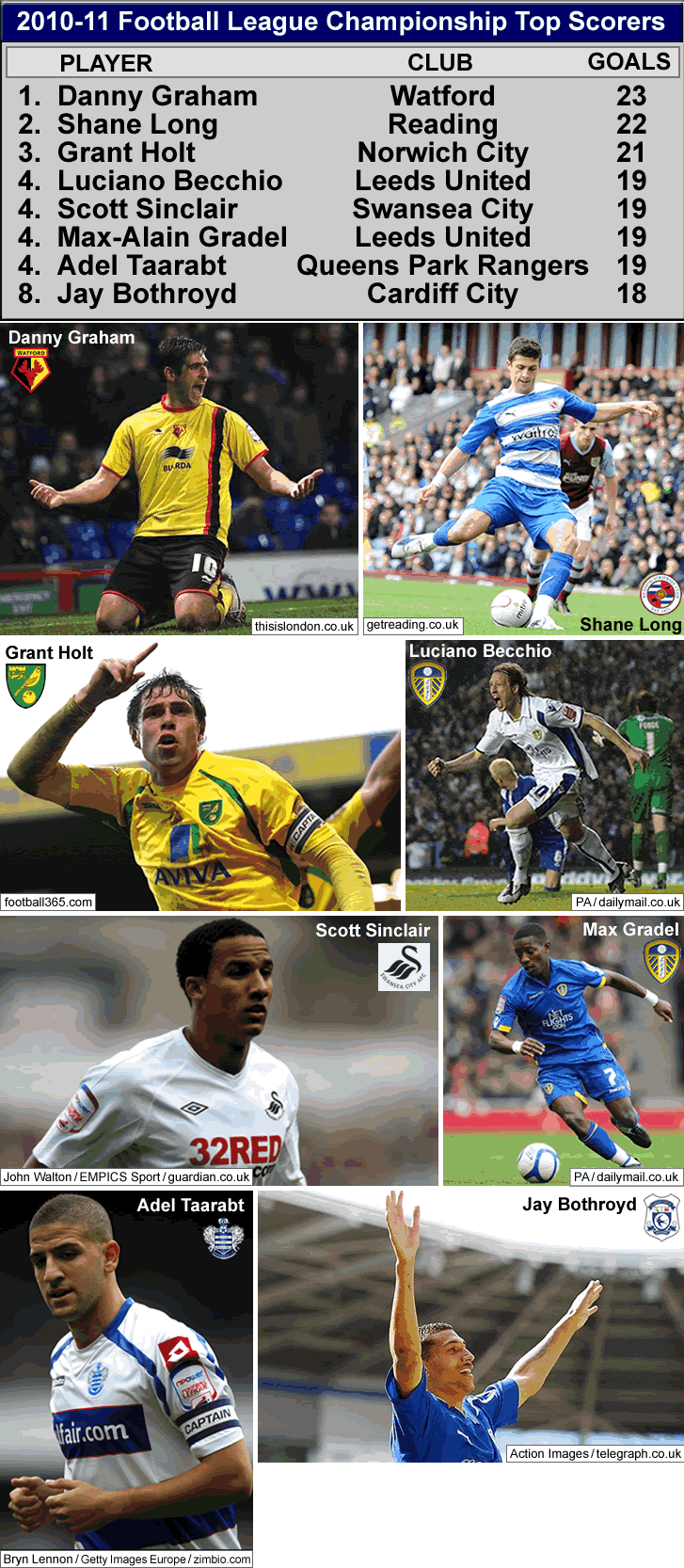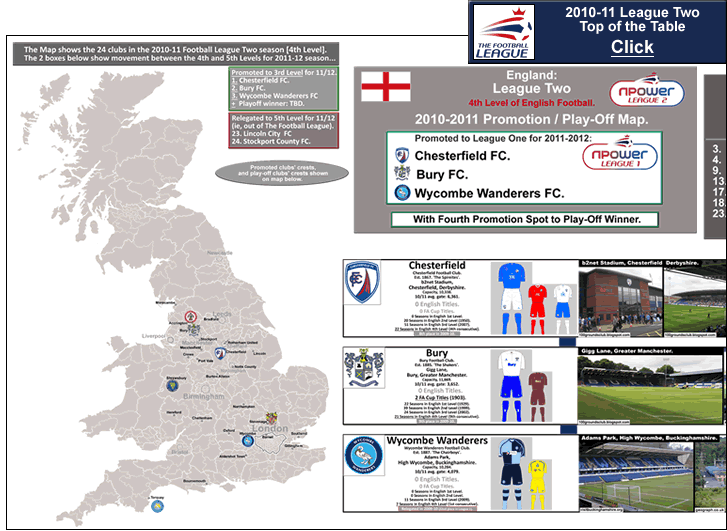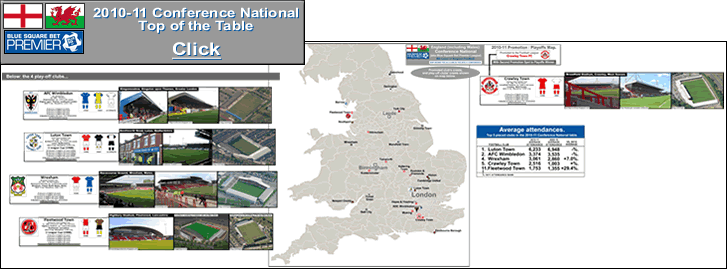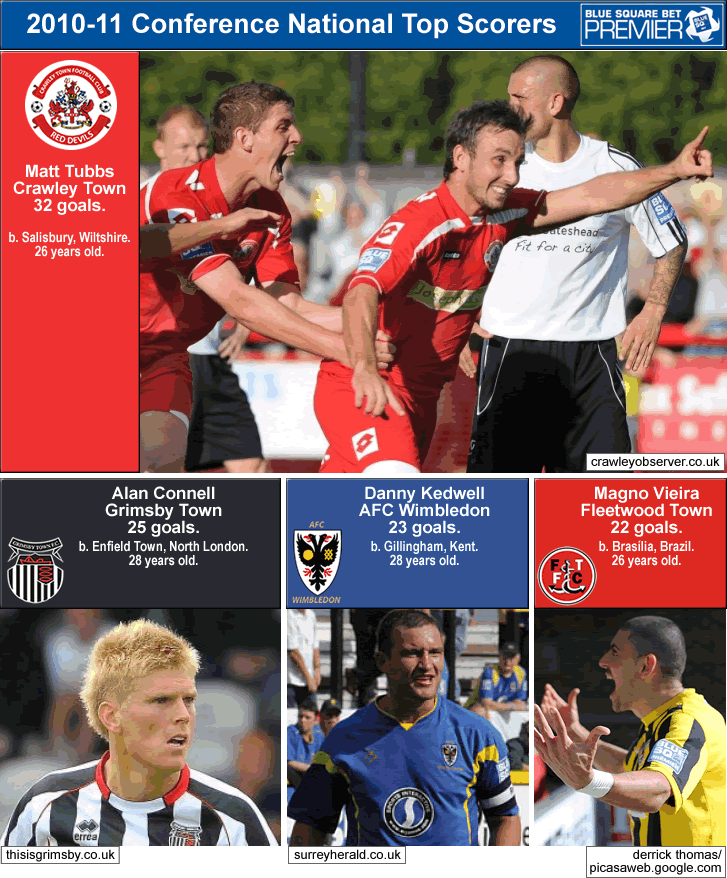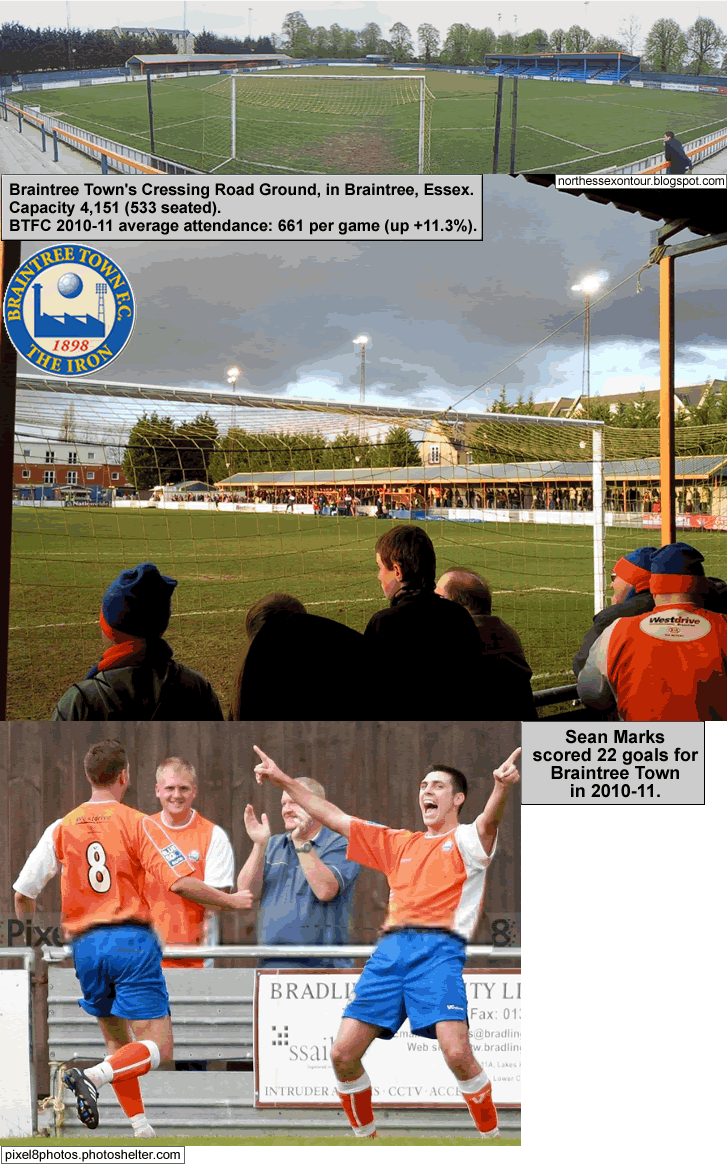Please note: there is a more-recent post on Wales that I have done (Wales national football team/2016 Euros Qualifiers/November 2015)…
click on the following…
Wales national team – starting line-up (Best XI) from match which clinched their qualification for the 2016 Euros in France. (Wales starting squad from 10 October 2015, Bosnia 2-0 Wales [match-day which saw Wales automatically qualify for the 2016 UEFA Euros tournament].) 17 players + coach are profiled.
.
.
.
.
…
Photo credits – Photo of dawn mists at Rhossili Bay, Gower Peninsula, Swansea from WelshWales.co.uk . Panoramic view of Swansea by Slawomir Purzycki at Panoramio.com . Clifton Hill in Swansea photo by by Slawomir Purzycki at Panoramio.com, here . Swansea Castle and BT Tower photo by Slawomir Purzycki at Panoramio.com . Brandy Cove photo from Wallpaperstravel.com .
…

Welsh football clubs that play in English leagues
Note – On the map page (which you can see by clicking on the image above). are the locations of the 6 Welsh football clubs in the English football league system. Their club crests there are sized to reflect 2010-11 average attendance (of home league matches). At the right on the map page are profile boxes of the 6 clubs, which include club info, 2010-11 kits, and photos of their football grounds. [Note: for each club, the lists of seasons spent in each Level have been updated to include the 2011-12 season which will begin in August.]
-
Welsh Football Clubs in English Leagues
There are 6 Welsh football clubs in English football leagues. 1 Welsh club has just won promotion to the Premier League for the 2011-12 season – Swansea City AFC.
From Guardian.co.uk, from 30 May 2011, by Kevin McCarra, ‘Swansea reach Premier League thanks to Scott Sinclair hat-trick‘.
From EPLtalk.com, by The Gaffer, from 31 May 2011, ‘Swansea City Breathe Much-Needed New Life Into the Premier League‘.
From Pitch Invasion.net, from 31 May 2011, by Tom Dunmore, ‘Wales In The English Premier League: A Potted History Of A Cross-Border Anomaly‘.
This is the first time a Welsh club has made it into the Premier League [ie, since 1992-93], and the first time since 1982 that a Welsh club has been in the English top flight (that was when Swansea City ended their sole two-season spell in the old English First Division).
1 Welsh club is in the Football League, in the League Championship [the 2nd Level] -Cardiff City FC.
The other 4 Welsh clubs playing in English leagues are in Non-League football…2 are in the Conference National [the 5th Level] – Newport County AFC and Wrexham FC.
One is now in the Conference North [a 6th Level league] – the just-promoted Colwyn Bay FC.
And one is now in the Western Football League Division One [a 9th Level league] – the just-promoted Methyr Town FC.
The reason for Welsh football clubs being in the English football leagues, and not in a Welsh league, goes back to the late Nineteenth Century, when it was far easier for, say, clubs from southern Wales to travel to play clubs in southern England and the Midlands than it was to travel to the northern half of Wales, because of the lack of prominent road and rail infrastructure between North and South Wales. So a Welsh league concept never caught on back then. The main reason why there is a Welsh football league system today has to do with FIFA. From en.wikipedia.org/Welsh Premier League page…
…{excerpt} ‘The league was formed in October 1991 by Alun Evans, Secretary General of the Football Association of Wales (FAW), as he believed that the Welsh international football team was under threat from FIFA. Wales, along with the other three home nations (England, Northern Ireland and Scotland), had a permanent seat on the International Football Association Board (IFAB) and it was thought that many FIFA members were resentful of this and pressing for the four nations to unite into one combined side for the whole of the United Kingdom.
The new league was formed for the 1992-93 season. At the time, Wales was almost unique in world football in that despite the FAW being a FIFA member it did not organise a national league. Traditionally, the strongest teams in Wales had always played in the English leagues. Aberdare Athletic, Cardiff City, Merthyr Town, Newport County, Swansea City and Wrexham have all been members of the Football League.” {end of excerpt}
This led to a dispute between the Football Association of Wales and the Non-League football clubs from Wales that wished to remain in English league system.
The Football Association of Wales did not attempt to coerce the 3 professional clubs then in Wales who played in the English Football League – Cardiff City, Swamsea City, and Wrexham – into joining the new League of Wales. But they did insist that the the amateur Welsh clubs playing in English Non-League football join the new Welsh league system. 8 of those Welsh clubs in English Non-League football did not wish to join the new League of Wales…Bangor City, Barry Town, Caernarfon Town, Colwyn Bay, Merthyr Tydfil, Newport County, Newtown and Rhyl. They were dubbed the ‘Irate Eight’. 3 eventually changed their stance and joined the League of Wales. Those clubs were Bangor City, Newtown, and Rhyl. The other 5 were forced to play their home matches for the 1992-93 season across the border in English venues, and became known as the Exiles [which is in fact the nickname now of Newport County, and that word appears on their crest]. For 3 seasons, North Wales club Colwyn Bay played their home matches 83 km. (51 miles) away, at Northwich Victoria’s ground in Cheshire (located south-west of of Greater Manchester). Newport County played way over in northeast Gloucestershire, in Moreton-in-Marsh, which is 214 km. (116 miles) away from Newport, South Wales.
Barry Town joined the League of Wales a year later, for the 1993-94 season, while the other 4 exiled clubs – Caernarfon, Colwyn Bay, Merthyr Tydfil, and Newport County – again played their home matches in English football grounds. After a third season of this (1994-95), a court ruling in 1995 allowed the four still-exiled clubs to return to their Welsh football grounds. But Caernarfon instead chose to join the League of Wales. That left Colwyn Bay, Merthyr Tydfil (now called Merthyr Town after being re-formed in 2010) and Newport County as Welsh members of English Non-League football leagues. Those 3 clubs, along with Cardiff City, Swansea City, and Wrexham, make up the half-dozen Welsh football clubs which to this day play in English football leagues.
From TwoHundredPercent.net, from 23 July 2010, by Rob, ‘Diagnosis: Merthyr‘.
…
…
-
The 2011-12 Welsh Premier League
Click on the image below, for a map of the 2011-12 Welsh Premier League, with 2010-11 average attendances, and list of title winners…

Welsh Premier League 2011-12
The Welsh Premier League
The League of Wales began play in 1992-93. In 2002-03, the name of the league was changed to the Welsh Premier League. For sponsorship reasons, the league is officially known as the Principality Building Society Welsh Premier Football League. Originally there were 18 teams in the league. There are now 12 teams, following a re-vamping after the 2009-10 season. Most of the league’s clubs field part-time professional squads (the two full-time professional teams in the Welsh Premier League [as of 2011-12] are Neath FC and The New Saints). One club is promoted from and relegated to the two feeder leagues…one covering South Wales (and which is called the Welsh Football League), and one covering North Wales (which is called the Cymru Alliance).
Current champion is North Wales-based Bangor City FC. This is Bangor City’s 3rd Welsh title. Bangor City also had the highest average attendance in league matches, drawing 754 per game to their Farrar Road Stadium, in Bangor. Bangor, in the ceremonial county of Gwynedd, has a population of around 21,700 {2008 estimate}. Despite being the club with the largest fan base in the Welsh football league system, Bangor City’s squad are part-time professionals.
The most-titled club in the Welsh league system is currently in the second tier – the South Wales club Barry Town, who last won the Welsh championship in 2003, but were relegated the following season while under financial duress. Barry Town have won 7 Welsh titles. Barry Town even had a spell in the third division, but have been in the second tier since 2008-09, and were in a relegation battle in 2010-11, finishing in 13th, one spot above the drop in the Welsh Football League Division One.
The second-most titled club in the Welsh league system are The New Saints, who were previously known as TNS (full name – Total Network Solutions Llansantffraid FC). The New Saints/TNS have won 5 Welsh titles, most recently in 2010. The club had merged with Oswestry Town FC in 2003, and in 2006 they shed the sponsorship part of their name. Now known as The New Saints of Oswestry Town & Llansantffraid Football Club, the club represents two towns that straddle the border between Montgomeryshire, Wales and Shropshire, England. The club actually plays in England, in Oswestry, Shropshire at Park Hall. The New Saints are one of the few full-time professional clubs in the Welsh league system [note: the only other club I could find that currently lists itself as full-time professional is Neath FC].
3 clubs – Aberystwyth Town, Bangor City and Newtown – have played in all 19 seasons of the League of Wales/Welsh Premier League. 3 other founding members – Afan Lido, Llanelli and Porthmadog – are in the Welsh Premier League currently [2011-12], after being relegated and then promoted back. Afan Lido was the promoted club for 2010-11. Afan Lido FC is one of two clubs currently in the Welsh Premier League that come from the South Wales town of Port Talbot, the other being Port Talbot Town FC [Port Talbot is the home-town of 3 brilliant actors - Richard Burton, Anthony Hopkins, and Michael Sheen, and has a population of around 35,000.]. Afan Lido won promotion as the highest-placed club in 2nd Level Wales that had successfully applied for promotion, after finishing in 2nd place in the South Wales-based Welsh Football League. The first place club in the 10/11 WFL, Bryntirion Athletic, did not apply for promotion at the start of the season, so they could not gain promotion; meanwhile, none of the top finishers in the North Wales-based Cymru Alliance had applied for promotion. In Wales, it is usually stadium infrastructure deficiencies which prevent clubs from applying for promotion; or which causes clubs to be denied for promotion. Basic financial problems within a club can also result in relegation, as was the case in 2010, with the relegation of the club with the second-largest fan base in the Welsh league system, the two-time Welsh champion Rhyl FC. Two seasons ago Rhyl, as reigning champions, had finished in 4th but were denied a license for the 2010-11 season and thus sent down to the Cymru Alliance, because their finances were a mess {see this, from BBC.co.uk, from May, 2010, ‘Rhyl FC’s Welsh Premier appeal fails FAW test‘}.
The Welsh Premier League is currently ranked by the UEFA Coefficient for leagues {see this} at 46th out of 53 national leagues in Europe [ranking as of May, 2011], which puts Wales league football, strength-wise, between Estonia and Armenia.
From the DailyPost.co.uk, fro 26 March 2010, by Dave Jones, ‘Welsh Premier League attendances are a concern‘.
From Two Hundred Percent.com, from 27 Aug.2011 and 7 Sept.2011, by Neil Mace, ‘Dipping a Toe Into the Welsh Premier League‘.
‘A Welsh Premier League Odyssey, part two [Port Talbot]‘.
_
Photo credits on main map page -
Colwyn Bay/Llanelian Road…Photo of Llanelan Road ground with hill in background by Matthew Wilkinson at Flickr.com, here. Photo with cows on hillside by Matthew Wilkinson at Flickr.com, here. Aerial photo from ColwynBayFC.co.uk, here.
Wrexham/Racecourse Ground… Interior photo from WikiStadiums.org, here. Photo of Mold Road Stand with The Kop (terrace) in foreground from Soccerway.com, here. Aerial image of Racecourse Ground from Bing.com/maps/Bird’s Eye satellite view, here.
Merthyr Town/Penydarren Park …Photo from behind goal by Foo-med at en.wikipedia.org, here. Main Stand photo from Tims92 site, ‘Merthyr Tydfil – Penydarren Park‘. Aerial image from Bing.com/map/Bird’s Eye satellite view, here.
Swansea City AFC/Liberty Stadium…Exterior photo of Liberty Stadium from 100 Football Grounds Club, http://100groundsclub.blogspot.com/2010/02/my-matchday-242-liberty-stadium.html. Tims92, ‘Swansea City – Liberty Stadium‘. InterestingPhoto.com. Close-up photo of stands from Fullflow.com, here. Aerial image of Liberty Stadium from Bing.com/maps/Bird’s Eye satellite view, here.
Newport County/Newport Stadium… Photo with running track in foreground from Photobucket.com [link was broken/I took a screenshot of the Google search page]. Photo taken during an Exiles match by Owain Vaughn at en.wikiedia.org, here. Aerial image from Bing.com/maps/Bird’s Eye satellite view, here.
Cardiff City/Cardiff City Stadium…Interior photo with crowd by Phil Tucker at Flickr.com, Phil Tucker’s photostream @ flickr.com. Interior photo of empty stadium from Cardiff Blues.com, Cardiff Blues and Cardiff City FC sign stadium contract. Exterior photo from Cardiff City FC.co.uk, Cardiff City Stadium. Aerial photo from Colorcoat-online, Cardiff City Stadium, project summary/gallery.
…
Photo credits on Welsh Premier League map page -
Aerial image of Bangor city’s Farrar Road ground from Bing.com/maps/Bird’s Eye satellite view, here.
Main Stand photo from WelshPremier.com site, ‘Farrar Road’s days are numbered‘ (12 May 2011). Rooftop photo of Farrar Road ground from TheOnlinemail.co.uk, here.
Thanks to Soccerway.com, for attendance figures (League and Conference clubs).
Thanks to King’s Lynn Town FC Supporters Trust site TheLinnets.co.uk, for Colwyn Bay attendance figure, ‘Average Attendance – Evo-Stick Premier Division‘.
Thanks to the Toolstation Western Football League site, for Merthyr Town attendance figure, ‘Toolstation Western Football League – First Division Attendance Statistics‘.
Thanks to the Zamaretto League [Southern Football League] site, for 2009-10 Merthyr Tydil attendance figure, ‘[Zamaretto League] Premier Division Attendances 2009-2010‘.
Thanks to the contributors to the pages at en.wikipedia.org, ‘Football in Wales‘.
Thanks to unofficial Welsh premier League site, Welsh-Premier.com/League History.
Thanks to Demis.nl, for the base maps, Demis Web Map Server.

